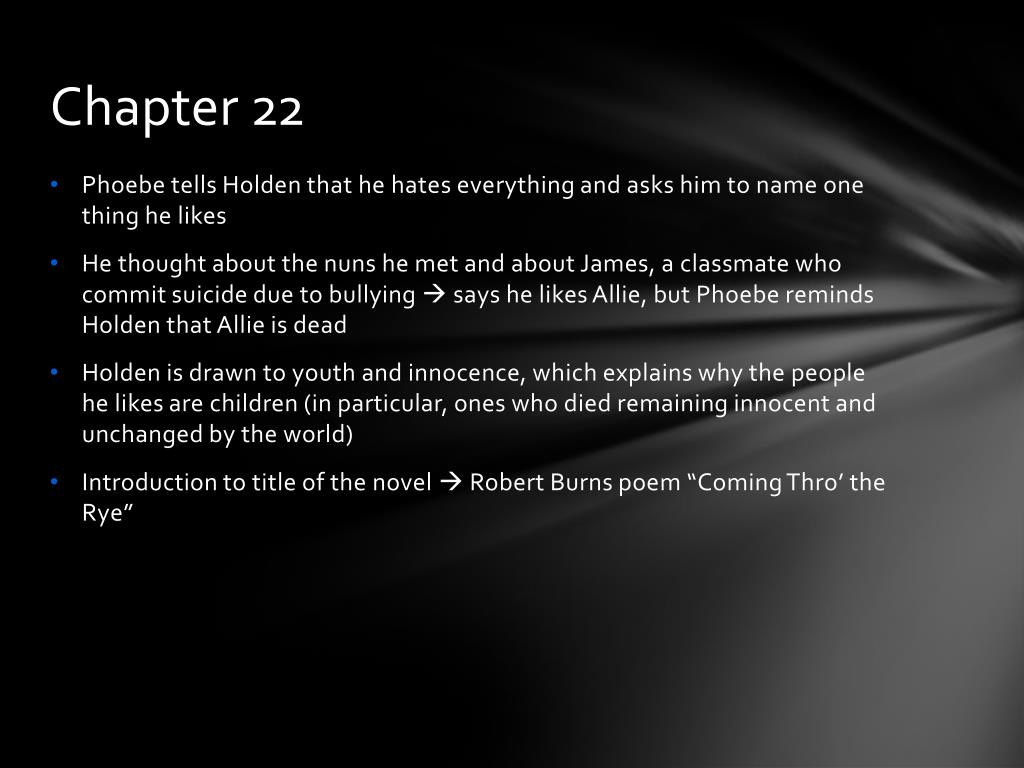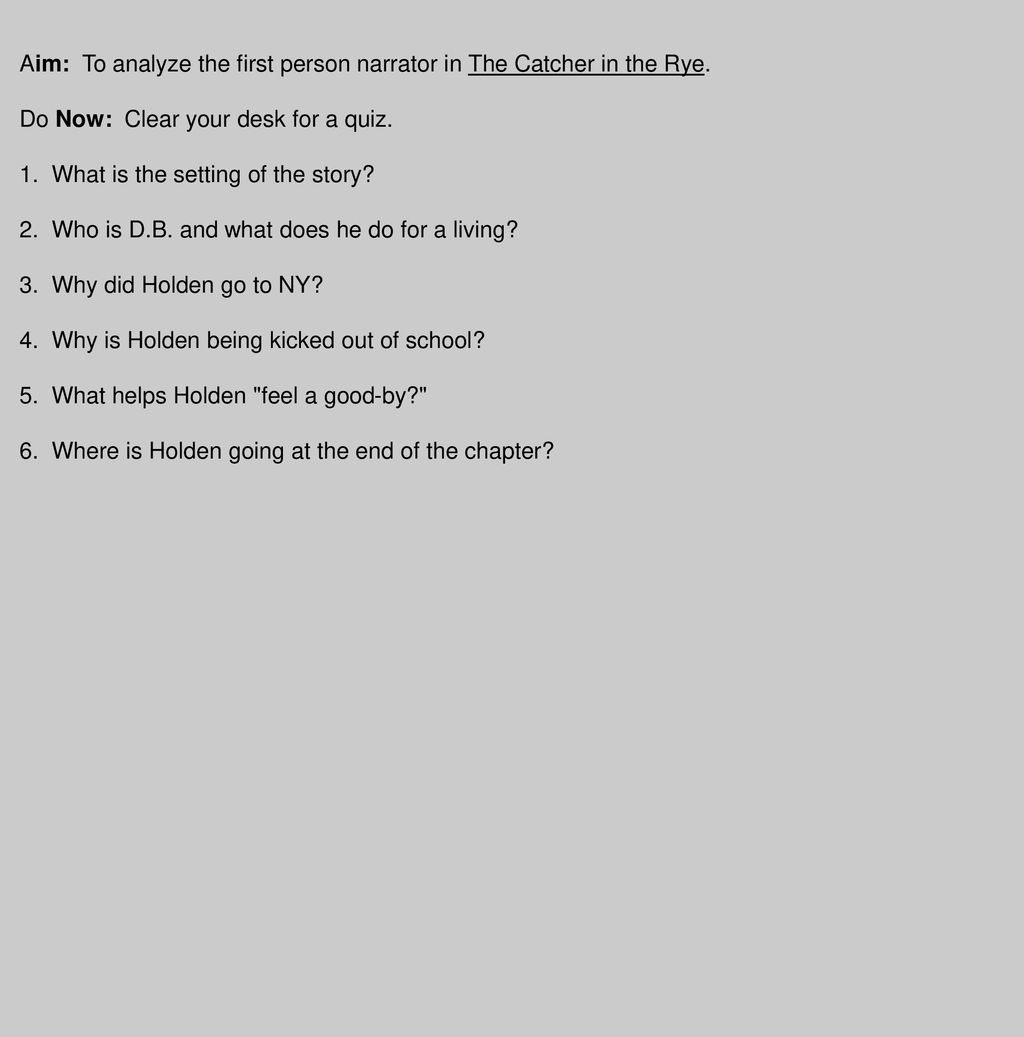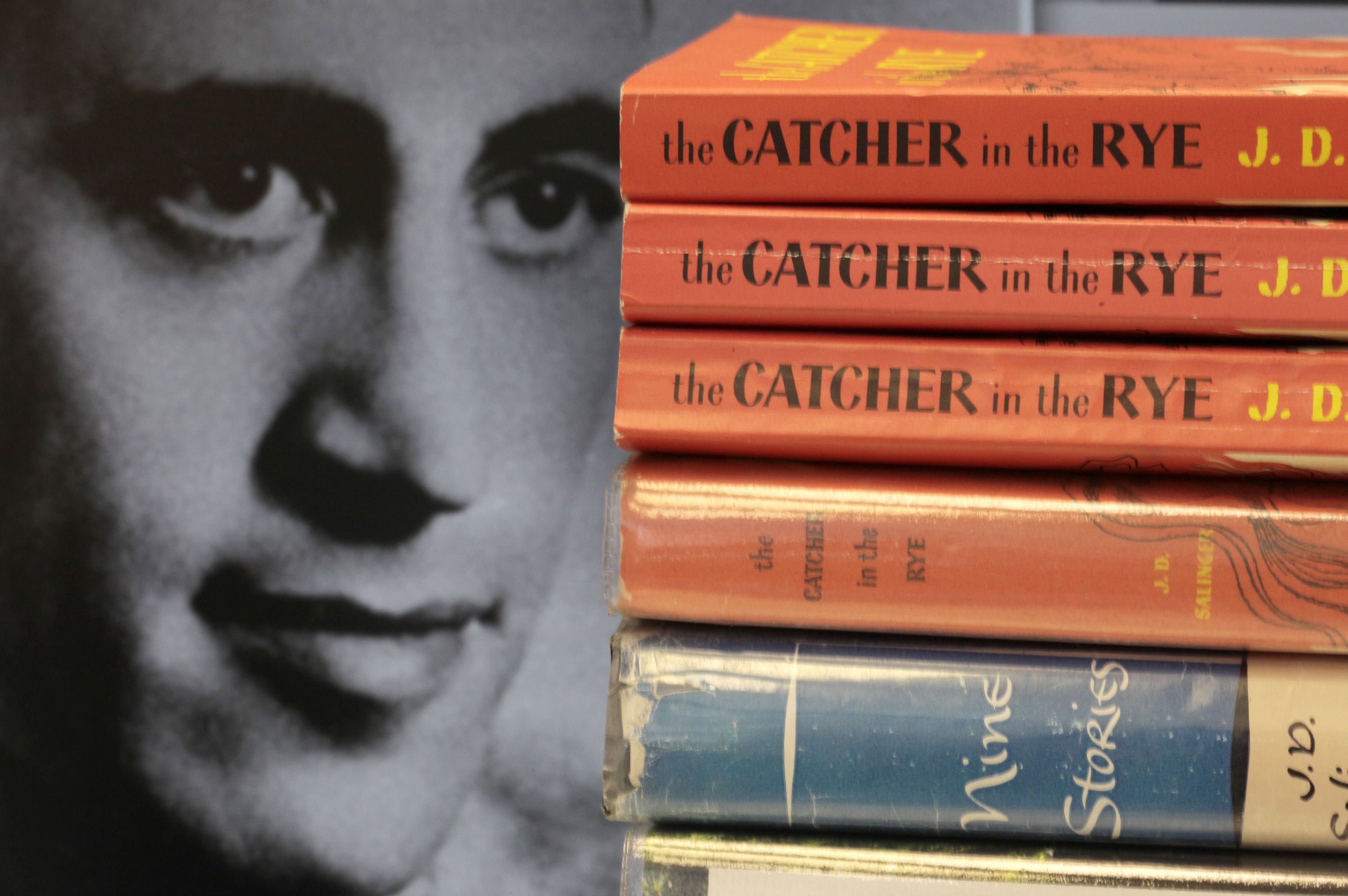

Holden doesn’t fear death, at least when he sees it through the eyes of this student.

A young boy, cornered in a room by bullies, jumped out the window rather than be attacked. There was also a past memory of a suicide he witnessed at one of his schools. It is a consent part of his life, from when his younger brother died of leukemia before the novel began. These kids act in a particular way and take advantage of their privilege.ĭeath is a topic that’s always on Holden’s mind. Despite the different schools, he’s been to, they’ve all been for the upper class, rich kids. This is in part due to the consistent circle of similar peers he ends up in. Everyone around him is shallow, irritating, and distasteful.

Holden feels as though it’s impossible for him to find someone he relates to, aside from Jane who he met years before the novel started. Or, most obviously, there is his desire to run away from his life, a solution that solves no problems. He consistently gets kicked out of school and when he’s annoyed he gets angry and rejects other people. This can be seen through his interactions with the teachers and the way he shrugs off and even grows angry at their advice.Īdditionally, Holden’s behavior should be read as a consistent rejection of maturity and the process of aging. He has a persistent fear of growing old and finds all the adults in his life to be fake and annoying.

Throughout the novel, the reader is given examples of Holden’s preference for children over adults and youth over aging. It is a desire for youth, fear of aging, appreciation for death, habitual isolation, and desire for a company that bog down the young man’s mind and help make The Catcher in the Rye the much-loved novel that it is today. These themes touch on the most important parts of the protagonist, Holden Caulfield’s personality and tortured mental state. Salinger’s only novel, The Catcher in the Rye. From youth to isolation and mortality, there are a myriad of themes in J.D.


 0 kommentar(er)
0 kommentar(er)
